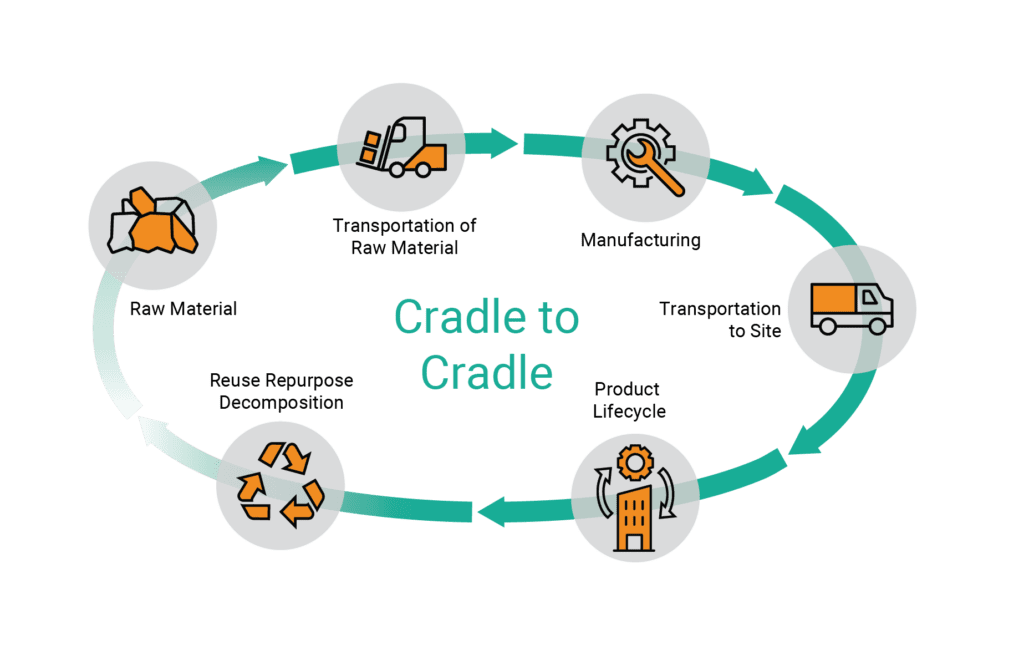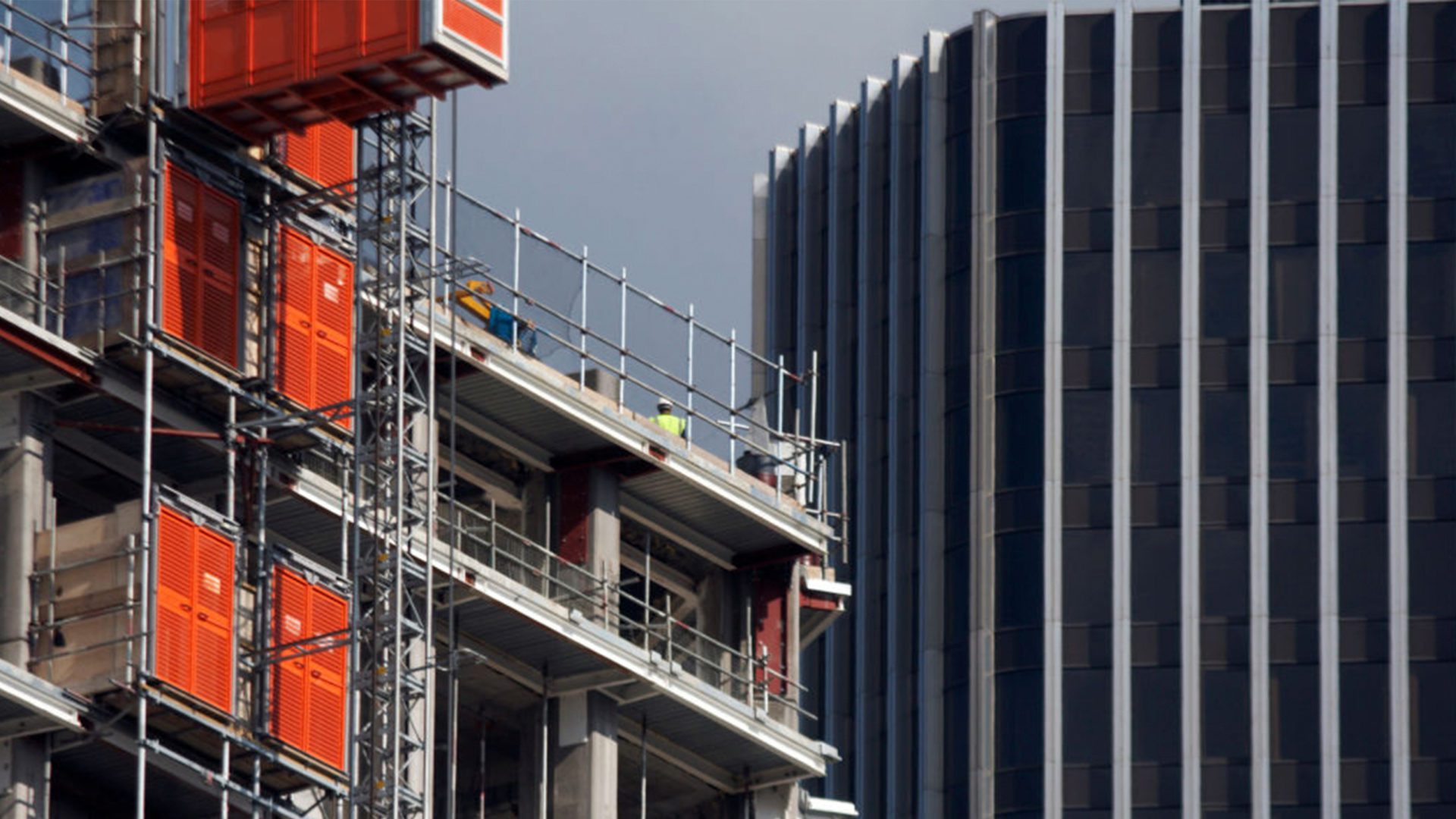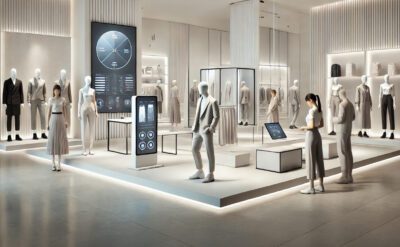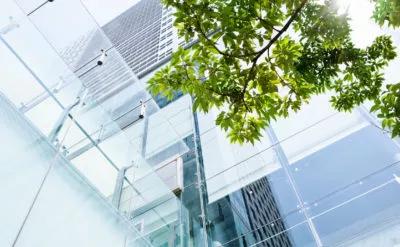Architects and Engineers play a vital role in the circular economy from the design concept to the technical documentation and construction of a building. Every building goes through an ongoing cyclical process immediately upon its construction. Depending on the quality of the initial structure, it may go through this cycle several times, avoiding demolition altogether. This process of continual renewal provides significant reductions in both operational and embodied carbon.
Cradle to Cradle
Whether we are designing new construction projects or assisting in the renewal of an existing building, participating in the circular economy means designing from Cradle to Cradle. This ensures that materials used in a project have a low impact on the environment and can recirculate through reuse, repurposing, or being provided the ability to decompose into beneficial nutrients when the building is deconstructed. As we have often heard, the most sustainable building is the one that is already built. If an existing building is the most sustainable solution, it is critical that it was designed and constructed to be durable and resilient so it can contribute back to the environment at its end of life. This concept applies to all ground up and existing projects. Considering every option from the initial planning and design processes to its recapitalization and asset retirement is part of the Cradle to Cradle approach and helps describe the circular economy of a building. (This is in comparison to the concept of Cradle to Grave used in lifecycle analysis to describe the entire life of a building up to the point of disposal).

Investigation & Analysis, Benefit Cost Ratio and Feasibility Studies
Every design should consider the lifecycle of the building as it translates directly to its lifetime carbon footprint before it even becomes a project. Building owners, investors and managers can work with architects and engineers early in this analysis stage to make informed decisions. When parametric modeling programs such as COVE Tool (a fully integrated simulation and modeling software) are deployed, consultants have the means to generate thousands of different models. These models identify optimal solutions early on and assist in selecting materials and enclosure options that can reduce embodied carbon and help to contribute to the building’s life cycle.
The relative renewal periods of different building systems must be considered. For example, the building structure is typically designed, with proper maintenance to last the lifetime of the building and should not require a significant renewal. Primary mechanical systems, such as chillers and boilers typically need to be renewed every 20 to 25 years, providing the opportunity to replace them with better performing equipment. The building envelope, also known as enclosure systems, should last 30 to 50 years before needing a significant renewal, while windows in the system typically require renewals in a shorter timeframe. These renewal cycles are an important input for lifecycle analysis with respect to carbon and financial return performance. For many systems, if the low carbon emission option is not chosen at the beginning of the building’s lifecycle, the next opportunity to improve its performance may not occur until 2050.
Building Master Planning and Accommodation Planning
As projects move into the master planning and accommodation phase, project visions, goals and principles can establish a comprehensive framework to transform an asset into a more sustainable and higher performing future asset that maximizes the use of existing embodied carbon and minimizes operational carbon. Rating systems for existing buildings help owners structure their renewal framework into manageable capital investments over a more extended period.
Recapitalization, Repositioning or New Builds
Designers need to make buildings as flexible and adaptable as possible to meet current and future needs. Building owners, investors and managers tend to repurpose and refurbish good quality buildings but tend to demolish poor quality buildings. By providing facilities of the highest quality that are admired, loved and cared for over their very long life, we are helping to create a more sustainable future.
Operations and Maintenance
Clients need to have access to mid-life operational and maintenance plans that optimize the building’s life cycle. Whether it be cladding, windows, roofs, mechanical systems or any other elements that need to be replaced or optimized, the building must be flexible and adaptable for the long term. Additionally, understanding how the building performs post-construction is essential to reduce any potential performance gaps that reside from the design modeled systems.
Asset Retirement and Selective Demolition
Developing a comprehensive waste management plan should be part of every project that involves demolition. The environmental assessment of products covers a broad spectrum of impacts: durability, health, emissions, water use, maintenance, resource use, reuse, and waste. It is critical to understand the environmental impact of materials. Beyond reuse, repurposing and recycling, the waste management plan should consider waste diversion and how materials can be upcycled to increase their value.
The Circular Economy and Cradle to Cradle Thinking
By approaching design throughout a building’s lifecycle, designers can positively impact our shared environment, helping to reduce operational and embodied carbon use. By weighing virtually infinite outcomes using modeling and simulation tools, we can inform owners, investors and managers how to minimize their lifecycle carbon footprint, help promote the circular economy and effectively extend the life of their buildings.
Download E-Book



